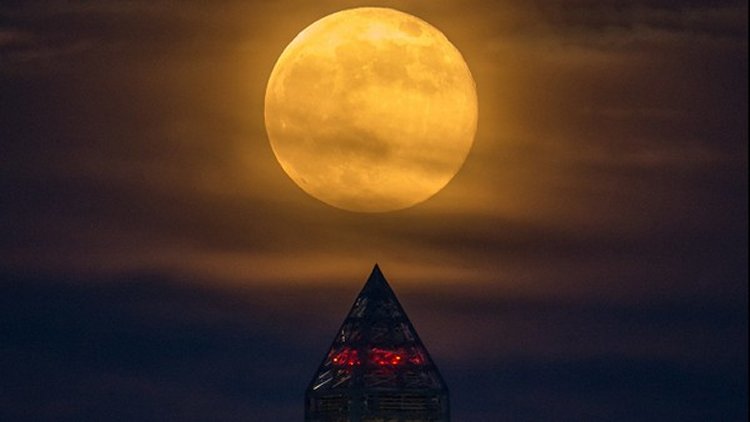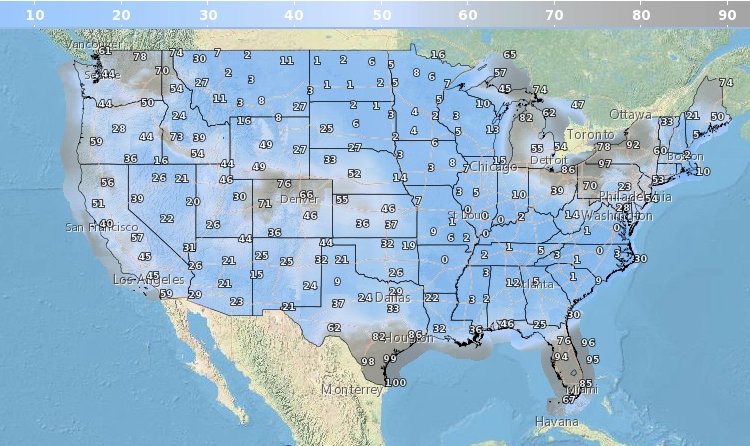 A supermoon rises behind the Washington Monument on June 23, 2013, in Washington. The first day of 2018 will also feature a supermoon. (NASA/Bill Ingalls) |
 A supermoon rises behind the Washington Monument on June 23, 2013, in Washington. The first day of 2018 will also feature a supermoon. (NASA/Bill Ingalls) |
Today, the first day of 2018, will feature the biggest full moon of the year — a super moon.
It will also be one of two full super moons in January alone.
What is a super moon?
A super moon is a new or full moon that reaches its fullest point near the time of perigee — or when it is at its closest point to Earth in its monthly orbit.
This moon, according to the astronomers at EarthSky.org, will be the closest full moon of 2018.
Therefore it may appear bigger and even brighter in the night sky.
And tonight will be the best chance to see it.
The moon is expected to reach its fullest point tonight, Jan. 1, at 8:24 p.m. CST. However, it will appear full all night long — from when it rises near sunset to when it sets near sunrise.
Find your moonrise and moonset times for your location here.
According to EarthSky tonight's super moon will also be the closest perigee of the year.
It's the second of three super moons in a row. The first was on Dec. 3, and the next will come on Jan. 31.
That will mean January will have not one but two full moons. The second full moon in a calendar month is sometimes called a blue moon.
There will also be a total eclipse of the moon then, making the Jan. 31 moon a super blue moon eclipse.
But for those in North America the eclipse will be visible before sunrise on Jan. 31, according to EarthSky.
Will the weather cooperate for skywatching? Here's the sky cover forecast for Monday night at 7 p.m. CST:
 Much of the continental U.S. will have good conditions to see tonight's super moon. This is the sky cover forecast for Monday at 7 p.m. CST. The areas in dark blue are forecast to have the clearest skies. The areas in darkest gray will have to contend with more clouds. (National Weather Service) |